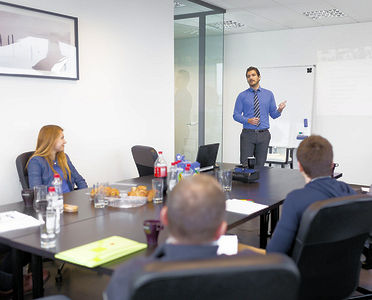Six Key Questions
2. What is the history of the problem?
Have similar accidents occurred previously? If so, you should be able to claim that the probability of similar accidents happening again is highly likely to certain.

What are the previous direct and indirect costs of similar accidents? How have similar accidents affected production and morale?
- Describe how it has affected direct, budgeted, or insured costs related to past injuries or illnesses.
- How has it affected costs (indirect, unbudgeted, or uninsured) related to loss of efficiency and employee morale?
3. What are the solutions that would correct the problem?
What are the specific engineering, administrative, and PPE controls that, when applied, will eliminate or at least reduce exposure to hazardous conditions? What specific system improvements are needed to ensure a long-term fix?
The recommendation: For this scenario, assume the safety committee recommends developing a new safety training program for maintenance employees and supervisors. The program includes electrical safety, machine guarding safety, and the control of hazardous energy (lockout/tagout) training. It will also include the training for an in-house trainer. The estimated investment for the recommendation is $10,000.
4. Who is the decision-maker?
Who is the person who can approve, authorize, and act on the corrective measures? What are the possible objections that they might have? What are the arguments that will be most effective in overcoming objections?
Recommendations for corrective action should be given to the decision-maker. As discussed previously, be sure to provide the decision maker with all the information needed to make the decision.
Knowledge Check Choose the best answer for the question.
7-3. Who should most appropriately receive your recommendations for corrective action?
You forgot to answer the question!
